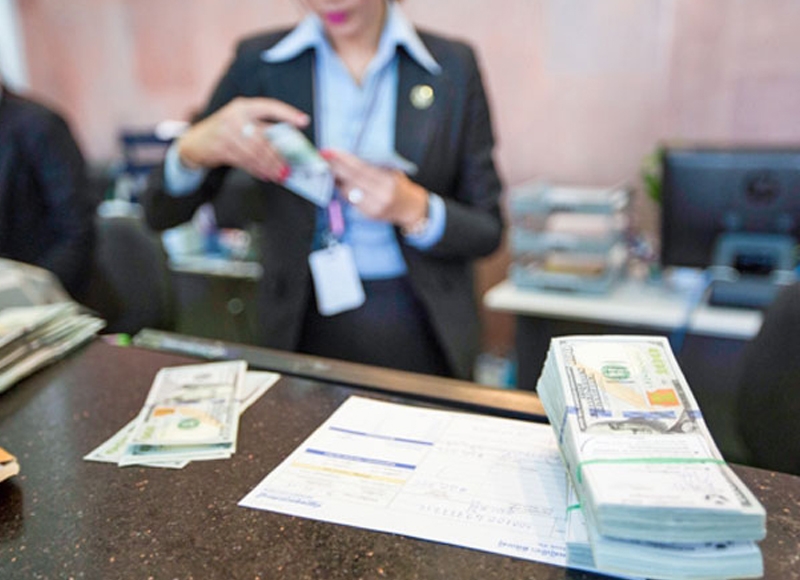Microfinance non-performing loan rate rises to 2% at end of 2017

According to the National Bank of Cambodia’s 2017 Annual Report, microfinance institutions (MFIs)’ rate of nonperforming loan—loans where payments are more than 30 days overdue—reached 2% at the end of 2017, up from slightly more than 1% at the end of 2016. Stephen Higgins, managing partner of Mekong Strategic Partners, said lower crop prices and high levels of rural indebtedness were likely responsible for the rise, but that the rate of 2% was not unreasonably high. Sok Voeun, CEO of microfinance institution LOLC (Cambodia), agreed the rate was normal, but also noted the continued year-over-year rise in overdue loans was a cause of concern. He said last year’s low crop prices were to blame for the rise of overdue loans, adding that MFIs had already begun tightening lending requirements and offering fewer small loans. According to the report, despite total number of borrowers decreasing from 1.9 million at the end of 2016 to 1.75 million at the end of 2017, loan outstanding grew by 25%, reaching $3.9bn at the end of the year. This was because the average loan size increased and fewer small loans were being offered largely due to the government’s decision to cap interest rates at 18% in March, according to Voeun. Meanwhile, deposits at MFIs also rose sharply in 2017, reaching $2bn at the end of the year, a more than 35% increase over 2016. That 35% growth rate exceeded the 25% growth rate of loans, a fact Higgins praised as a positive sign for the overall health of the economy. (Source: Phnom Penh Post)
